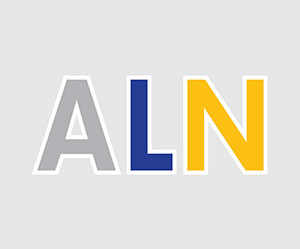Beyond Human: Exploring Transhumanism
What do pacemakers, prosthetic limbs, Iron Man and flu vaccines all have in common?
At Arizona State University, a diverse set of researchers has been critically examining transhumanism since 2004.Colin Anderson, 2005 (Masterfile)They are examples of an old idea that’s been gaining in significance in the last several decades: transhumanism. The word denotes a set of ideas relating to the increasing integration of humans with their technologies. At the heart of the transhuman conversation, however, lies the oldest question of all: What does it mean to be human?
When talking about transhumanism, it’s easy to get lost because the definition is imprecise. “Transhumanism” can refer to the Transhumanist (with a capital T) movement, which actively pursues a technologically enhanced future, or an amorphous body of ideas and technologies that are closing the bio-techno gap, such as a robotic exoskeleton that enhances the natural strength of the wearer.
What is human?
At Arizona State University, a diverse set of researchers has been critically examining transhumanism since 2004.
Hava Tirosh-Samuelson, a professor in ASU’s School of Historical, Philosophical and Religious Studies and director of the Center for Jewish Studies, has been at the forefront of this work. Her research includes a project exploring the challenges of transhumanism in collaboration with ASU’s Center for the Study of Religion and Conflict.
According to Tirosh-Samuelson, transhumanists seek to transcend human biology through techno-genetic enhancements. Their ultimate goal is the Singularity – a supposedly inexorable turning point after which humans as we understand them will eventually become obsolete, either because super-intelligent machines will replace them or because techno-genetic enhancements will render them unrecognizable. Essentially, it would be a new phase of human evolution driven by exponential technological growth.
“Homo sapiens will give rise to Robo sapiens,” Tirosh-Samuelson says.
















